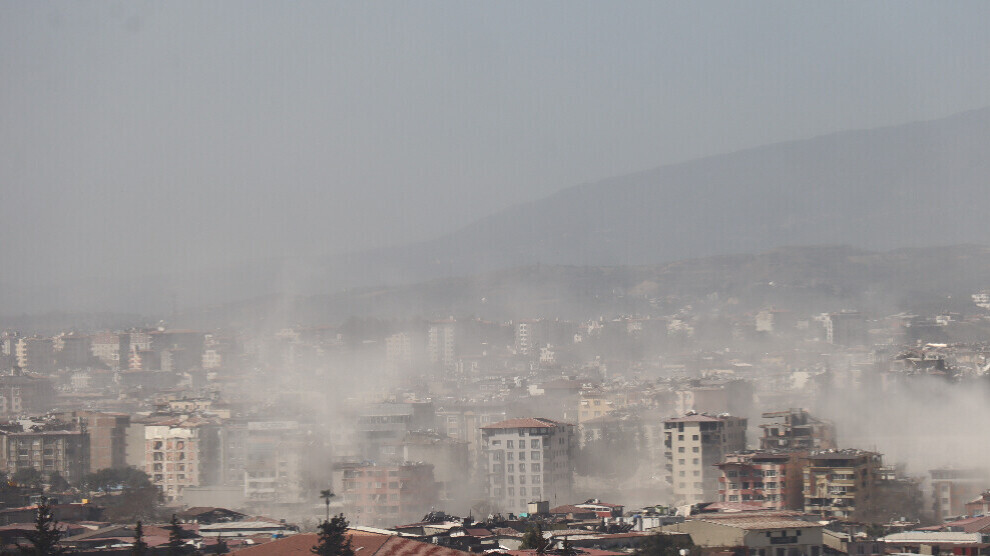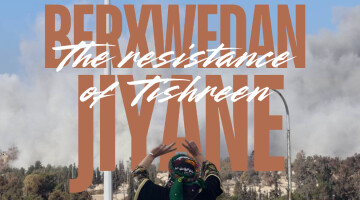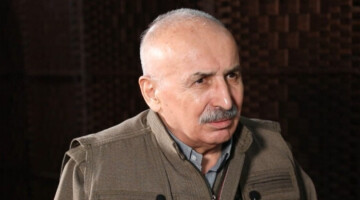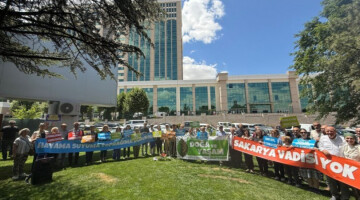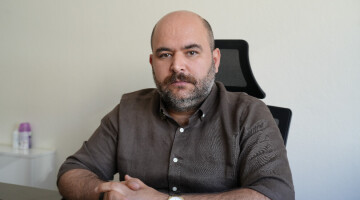Large clouds of dust are formed during rubble removal in Hatay, one of the cities hit by the earthquake last 6 February. The rubble is deposited in creek beds. Climate activist Melis Tantan warns of damage to health and criticizes the state's lack of planning.
One month after the earthquake catastrophe in the Turkish-Syrian border area, people in the affected region are faced with new health and other problems due to the removal of rubble. In Hatay, the clean-up work started twenty days after the earthquake. The Turkish state is ignoring the recommendations of health organizations, which have repeatedly pointed out possible health problems during rubble clearance. Because no safety precautions were taken and action was haphazard, the villages are shrouded in a cloud of dust.
Melis Tantan from the Coordination Office for Climate and Justice warned about the fact that the dust clouds will cause permanent damage to health. "This lack of planning is actually a crime. It is a crime that affects the health of the population and all living beings. During clearance operations, there must be designated disposal areas for the debris. The places where the rubble is taken are actually crime scenes."
Lack of planning at every stage
Tantan noted that it was a government policy to begin demolition work as soon as possible and defines the process as follows: “The urgency to clear the rubble as soon as possible is causing a great number of problems. This lack of planning began before the earthquake, continued afterwards with the rescue work and care for the earthquake victims, and is continuing now during the clearing operations. The lack of planning will also continue during reconstruction. There is a chain of irregularities. There is a lack of planning at every stage."
The consequences will last for generations
The lack of planning poses a public health problem, said Tantan, adding: “Environmental organisations, asbestos disposal experts, non-governmental organisations, labor and professional organizations should have been consulted, but this did not happen. Asbestos is dangerous and affects generations. You can't see it in the dust, it's like a hidden disease. The consequences will only become apparent years later. Doctors also speak of a cancer risk, and who knows what we are breathing here. There is not only asbestos, because other toxic substances have also been released. All the people living here and the volunteers who have been here since the earthquake are at risk of suffering from health issues. A month has passed, and people have breathed in this dust. In the future we will see the consequences of this lack of planning."

